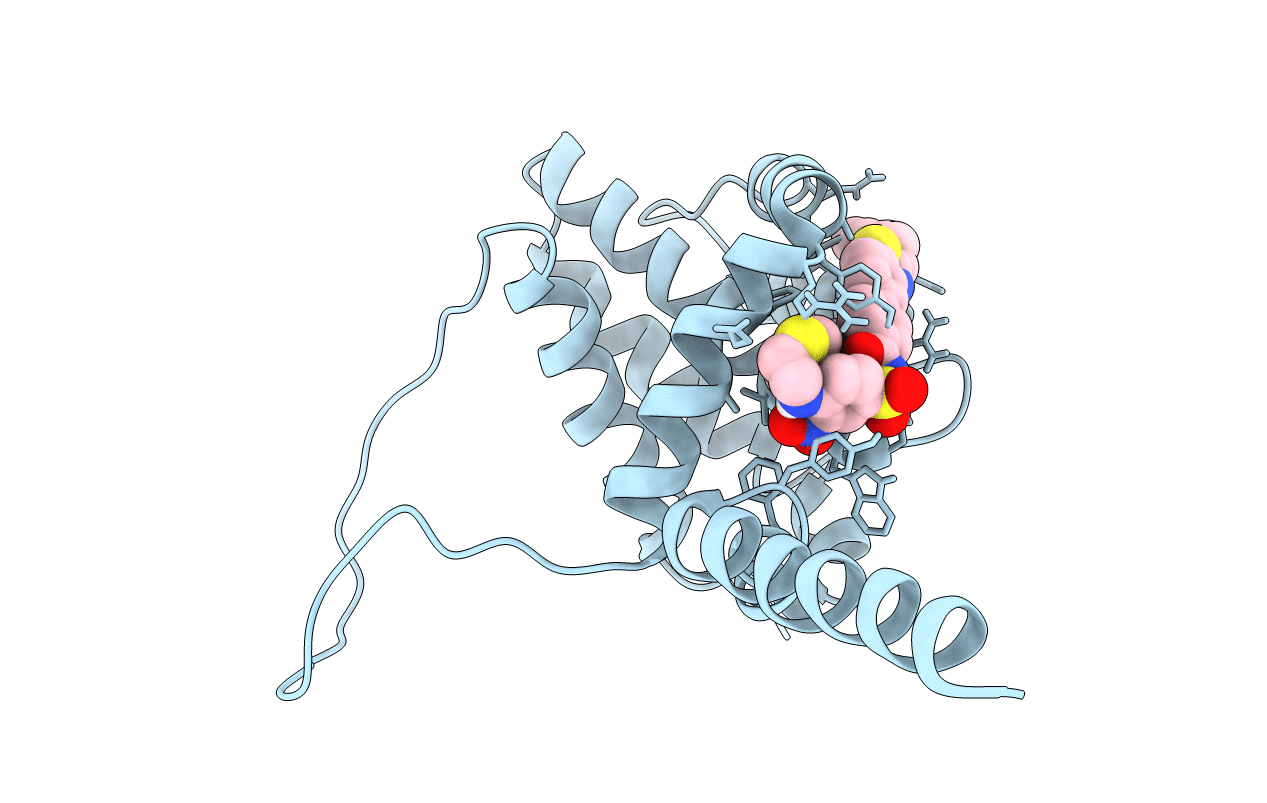
Deposition Date
2005-02-08
Release Date
2005-06-07
Last Version Date
2023-11-29
Entry Detail
PDB ID:
1YSN
Keywords:
Title:
Solution structure of the anti-apoptotic protein Bcl-xL complexed with an acyl-sulfonamide-based ligand
Biological Source:
Source Organism:
Homo sapiens (Taxon ID: 9606)
Host Organism:
Method Details:
Experimental Method:
Conformers Submitted:
1


